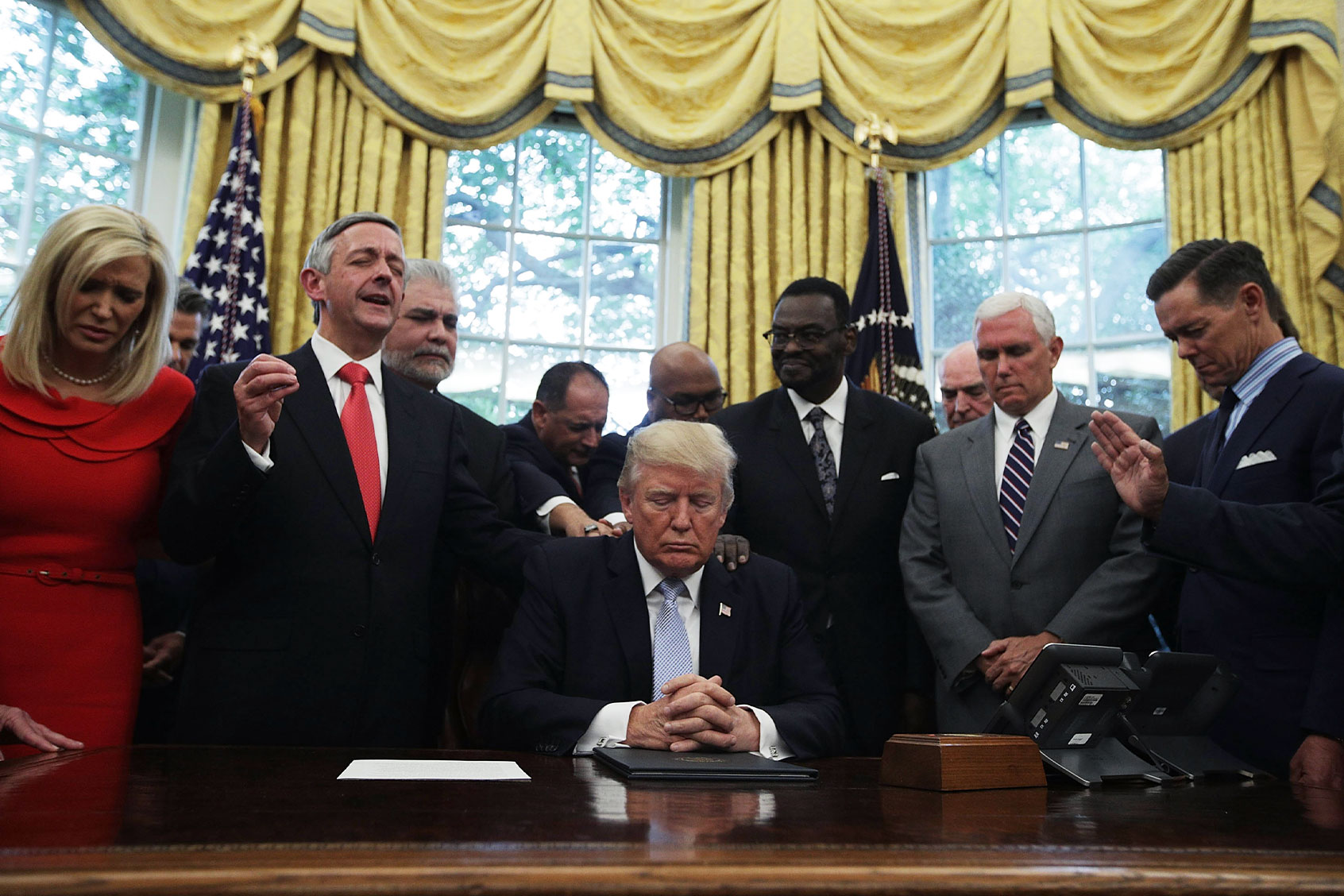Underscoring the backwards meaning of “Make America Great Again,” the Trump administration is touting the president’s executive order terminating diversity, equity, and inclusion (DEI) initiatives in the federal government as the “most important federal civil rights measure in decades.” The saying “history repeats itself” is particularly fitting in our current moment, because the reality is Trump’s war on DEI is reminiscent of Jim Crow era efforts to subjugate Black people. Make no mistake, the goal is to destroy the multiracial democracy that was painstakingly built in the 1960s.
These blatant attempts to usurp decades of civil rights gains call for a coordinated resistance.To structure such a resistance, we can turn to the very history that shaped it — the Black freedom struggle. By looking to the Civil Rights Movement, we find a blueprint that outlines how, today, we can mobilize our communities, advocate for change, and use state power to initiate progress.
The fight for Democracy must be waged on all fronts
The Black freedom struggle was a success because it never relied on a single approach. Instead, it waged battles across the legal, political, and social fronts. Activists filed lawsuits, lobbied elected officials, staged mass protests and built grassroots coalitions that made their demands impossible to ignore. Today, as Trump and his allies work to undermine democracy, activists must adopt a similarly comprehensive strategy. Legal challenges to voter suppression and racial discrimination must be paired with mass mobilization. Civil society organizations must hold corporations, universities, and local governments accountable for their commitments to racial justice. Every institution must be engaged in the fight because every institution is at risk. If multiracial democracy is to survive in America, the resistance movement cannot be confined to election cycles — it must be relentless and multifaceted.
Confront power with moral clarity
The Civil Rights Movement did not wait for favorable conditions to act—it created them. Protesters faced brutal opposition, including violence, imprisonment, and even assassination attempts. Yet they persisted, disrupting the status quo and forcing the nation to reckon with injustice. Their courage inspired millions, transforming a struggle that once seemed impossible into an undeniable political force.
We need your help to stay independent
Trump’s rise has been fueled by apathy, cynicism, and fear. Many Americans feel powerless in the face of growing authoritarianism. But history proves that mass mobilization can break through even the most entrenched systems of oppression. Democracy cannot be defended through symbolic gestures alone. Activists must consistently hold politicians accountable, challenge unjust policies and energize those who might otherwise remain on the sidelines. Power concedes nothing without demands, and those demands must be persistent. Those demands must also frame the struggle in the clear language that Donald Trump’s attempts to reconstitute the racial caste system are wrong.
Activists must use federalism to their advantage
One of the Civil Rights Movement’s most overlooked strengths was its ability to forge strategic partnerships. The federal government, motivated by Cold War-era concerns about its global image, intervened against segregationist Southern states. While this partnership was not always consistent or altruistic, it was instrumental in dismantling Jim Crow laws.
Today’s activists must recognize that federal leadership is no longer a reliable ally. This means that advocates must push state and local governments to take bold action. Blue-state governors and legislatures must be held accountable on efforts to protect voting rights, expand racial justice initiatives, and resist authoritarian encroachments. Strategic partnerships with progressive policymakers are necessary to counteract reactionary forces at the national level.
The fight for democracy Is now
The battle for American democracy is not abstract—it is happening in real time. Black history teaches us that democracy is not self-sustaining; it requires vigilance, sacrifice, and strategic organizing. The Civil Rights Movement demonstrated that when activists fight on all fronts, confront power with moral clarity, and use the federal system to their advantage, even the most oppressive regimes can be overturned. We need to marshal these lessons in our current moment to preserve the multiracial democracy that so many died to build.


